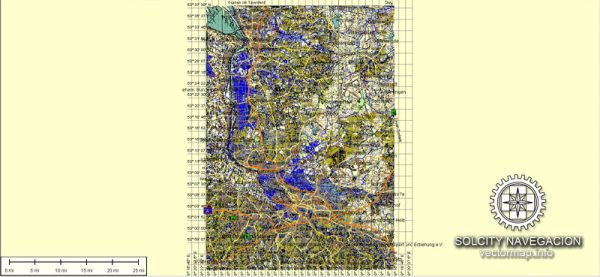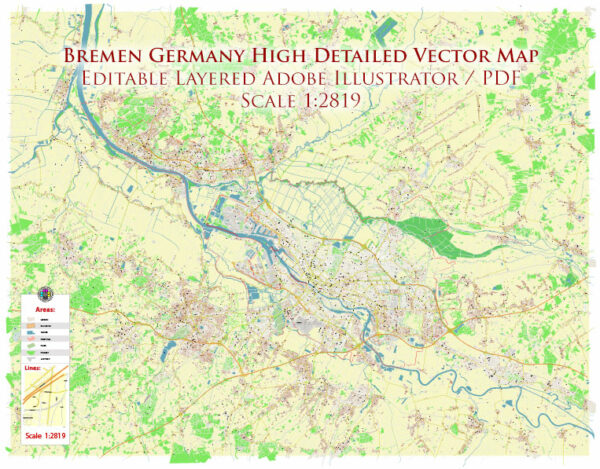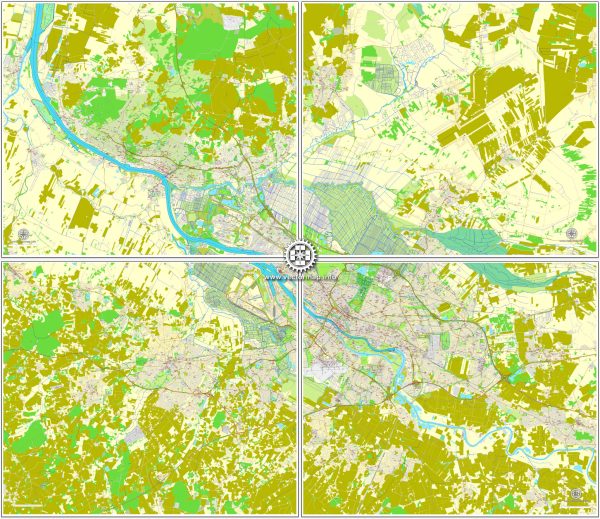Bremen, a city in northern Germany, has a long and rich history that dates back to ancient times. Here is an overview of its history of creation and development:
- Early Settlements: The area where Bremen is located has been inhabited for thousands of years. The first documented reference to Bremen comes from the 9th century, when it was mentioned in a letter from Charlemagne in 787 AD. The region was initially a trading post and a part of the Frankish Empire.
- Medieval Period: Bremen’s history is closely tied to its role as a key trading port along the Weser River. In the 9th century, it became a bishopric, and the Bremen Cathedral (Bremer Dom) was constructed. The city gained a reputation as a center for trade and commerce.
- Hanseatic League: In the 13th century, Bremen became a member of the Hanseatic League, a powerful confederation of merchant guilds and market towns in Northern Europe. This affiliation boosted the city’s prosperity as it became a major trading hub in the Baltic Sea region.
- Reformation: In the 16th century, Bremen experienced the Protestant Reformation, and the city officially became a Lutheran state in 1560. This period saw religious and political changes in the city.
- Napoleonic Era and the French Period: In the early 19th century, Bremen, like many German territories, was occupied by French forces under Napoleon Bonaparte. It was incorporated into the French Empire as the Département des Bouches-du-Weser. This occupation significantly affected the city’s administrative and legal systems.
- Bremen Republic: After Napoleon’s defeat, the Congress of Vienna in 1815 recognized the city of Bremen and the surrounding area as a sovereign state, known as the Free Hanseatic City of Bremen. Bremen was one of the few city-states within the German Confederation, along with Hamburg and Lübeck.
- Industrialization: Bremen saw significant industrial growth in the 19th century, particularly in shipbuilding and trade. The city’s port continued to be a major economic driver, and Bremen developed into one of Germany’s leading industrial cities.
- 20th Century: Bremen was heavily bombed during World War II, resulting in widespread destruction. After the war, the city was rebuilt and continued to play a crucial role in Germany’s post-war recovery. Bremen later became a part of the state of Lower Saxony but retained its status as a separate city-state.
- Modern Era: In recent decades, Bremen has focused on diversifying its economy beyond shipping and has become known for its aerospace and automotive industries. It is home to companies like Airbus and Mercedes-Benz. Bremen is also known for its cultural institutions, universities, and vibrant maritime traditions.
Bremen’s history is marked by its enduring status as a key trading city and its transition from an important Hanseatic League member to a modern, industrialized city with a unique political status within Germany. Today, Bremen remains a dynamic and historically significant city in northern Germany.





 Author: Kirill Shrayber, Ph.D.
Author: Kirill Shrayber, Ph.D.